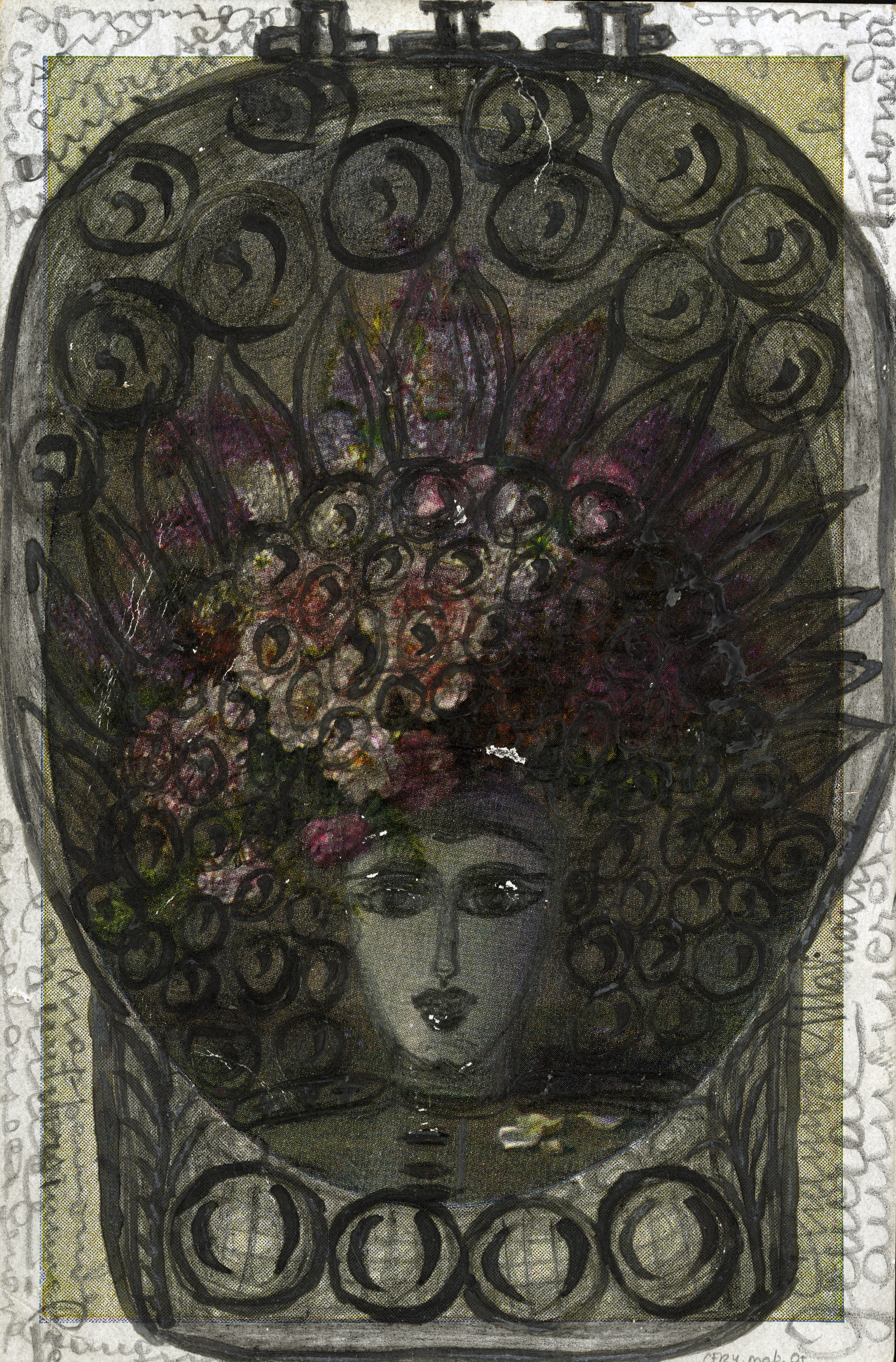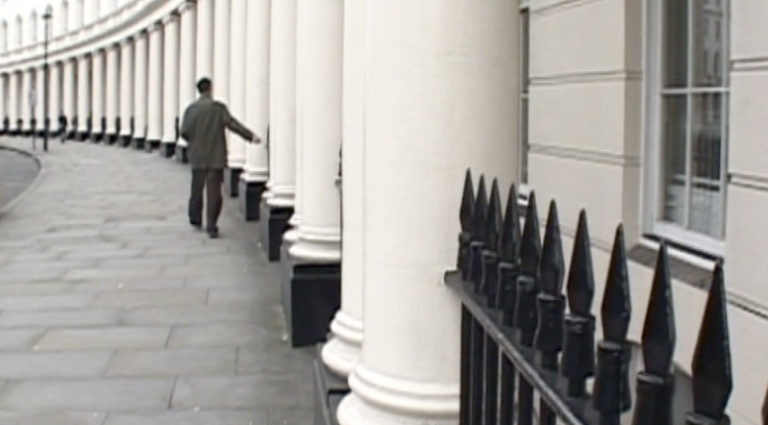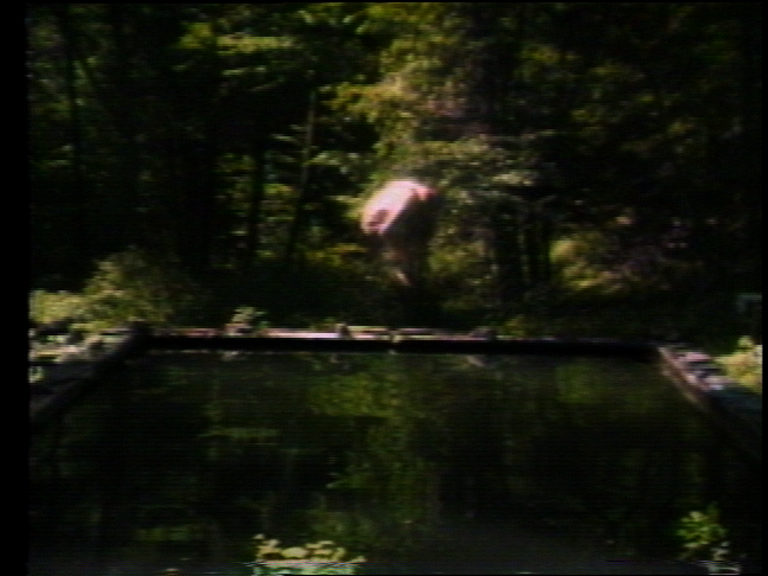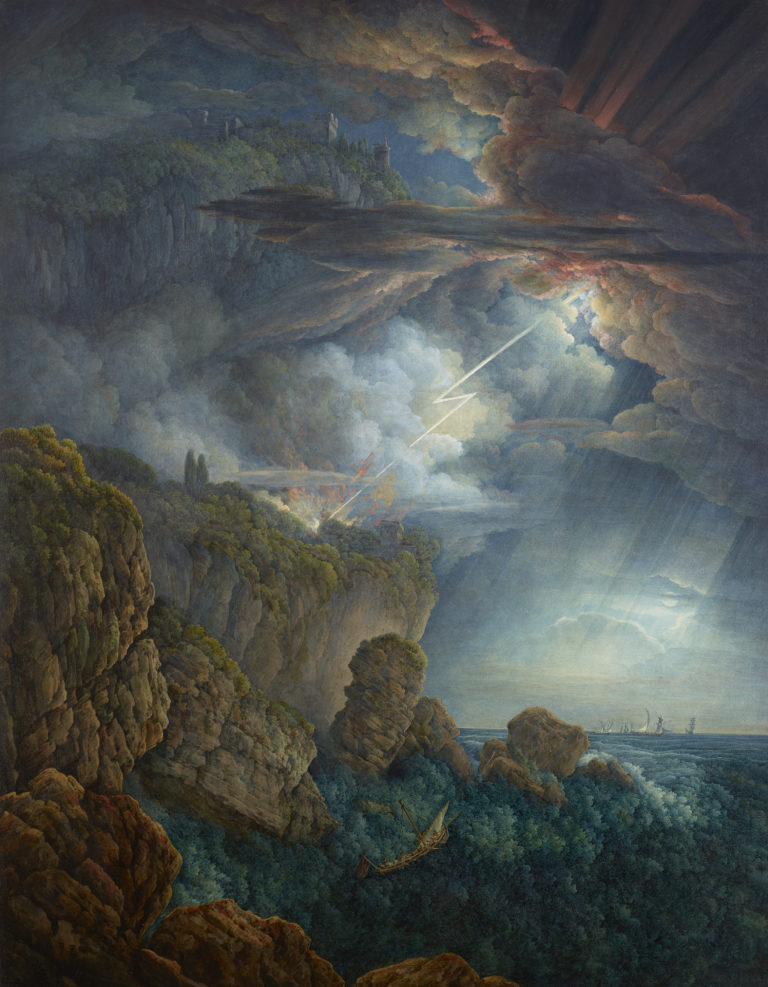Bibliography
Jacqueline Porret-Forel, with the assistance of Céline Muzelle, Aloïse Corbaz (1886–1964). Catalogue raisonné électronique (www.aloise-corbaz.ch), Chigny Fondation Aloïse, Zurich, Institut suisse pour l’étude de l’art, 2012: n. 16.
Jacqueline Porret-Forel and Céline Muzelle, foreword by Pascale Marini, Sarah Lombardi and Catherine Lepdor, Aloïse. Le ricochet solaire, Milan, 5 Continents Editions, 2012.
Jacqueline Porret-Forel, Aloïse et le théâtre de l’univers, Geneva, Éditions d’Art Albert Skira, 1993.




Lausanne-born Aloïse Corbaz was a governess who was employed at the court of Wilhelm II in Germany for a while. On her return to Switzerland in 1913, her religious and anti-militarist mania and turbulent behaviour saw her interned in 1918 in the psychiatric hospital in Cery, near Lausanne. She was transferred to the Rosière asylum in Gimel in 1920 and lived there until her death.
Aloïse started drawing in pencil and ink on whatever small pieces of paper and card she could get her hands on. She produced her first works in secret. In this case, she turned a printed postcard into a portrait with a vast crown of plants on a small woman’s head. The diadem’s rays refer to one of her favourite sculptures, Frédéric Auguste Bartholdi’s La Liberté éclairant le monde (Liberty Enlightening the World, 1886). The crown resembles a grenadine fruit or a grenade with the pin ready to be pulled.
Aloïse filled the tiniest blank spaces with images and words. Both sides of the card feature a text that is hard to follow, signed ‘Lulu’, her nickname, and ‘Materdolorosa’, referring to the pain of losing a child. The work also refers to authority figures at the asylum: the ‘Pape des protestants’ (Protestants’ pope) is Gabriel Chamorel, a charismatic local priest with whom she fell deeply in love. The trauma of the First World War still haunts her in the words ‘l’armée anglaise à Genève’ (the English army in Geneva). A number of metaphors describe the floral crown and sunlight: ‘la toison d’or’, ‘essieux de l’unique roue du soleil’, ‘tiare astrale’ (golden fleece, axles of the sun’s sole wheel, astral tiara), and refer to roses (perhaps inspired by the asylum’s name) that sparked religious associations with rosaries and materdolo-rosa. She also refers to her own inspiration, describing herself as a map of the world as a universe and a body struck by a sunbeam that ricochets off her surface and triggers a stream of images.